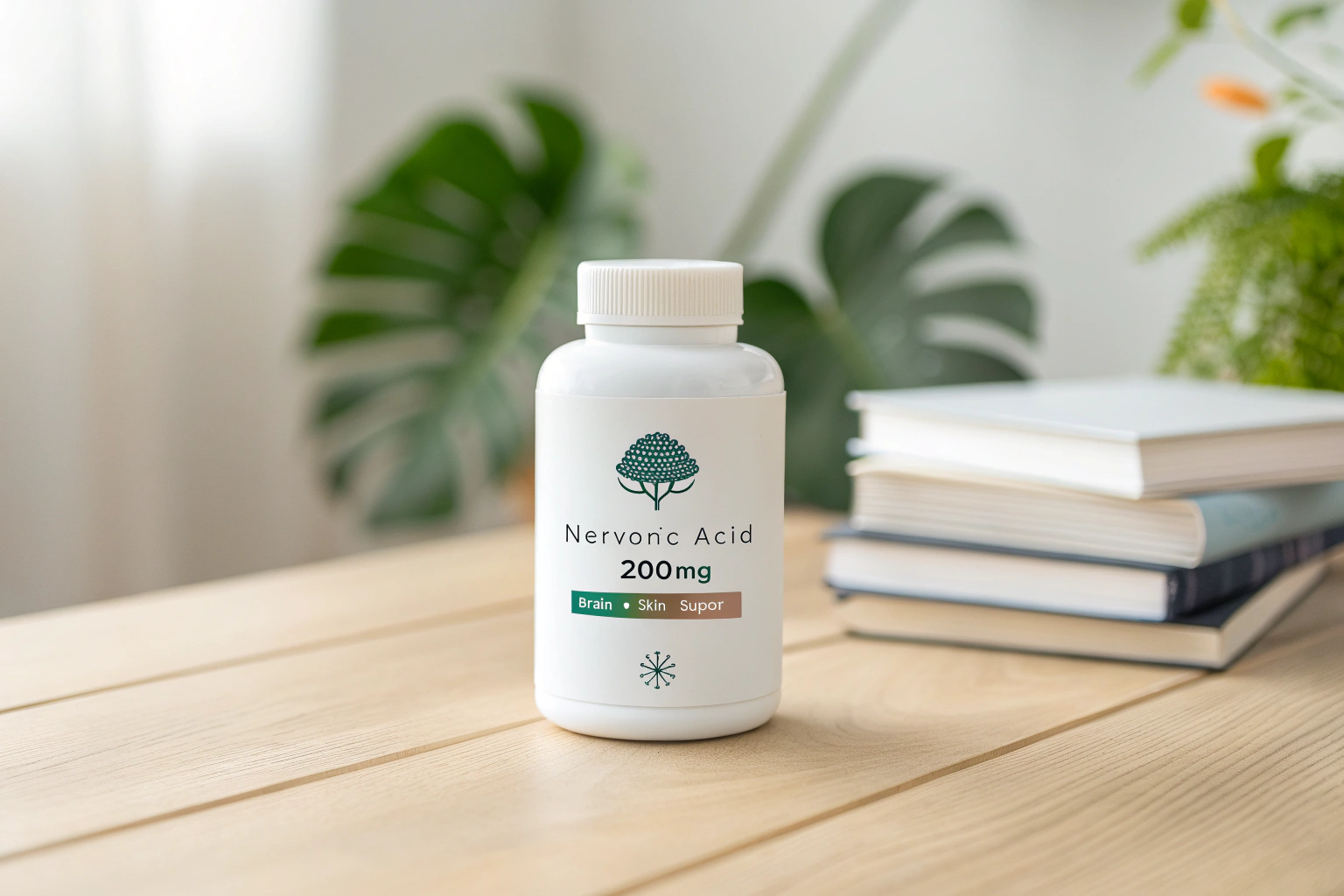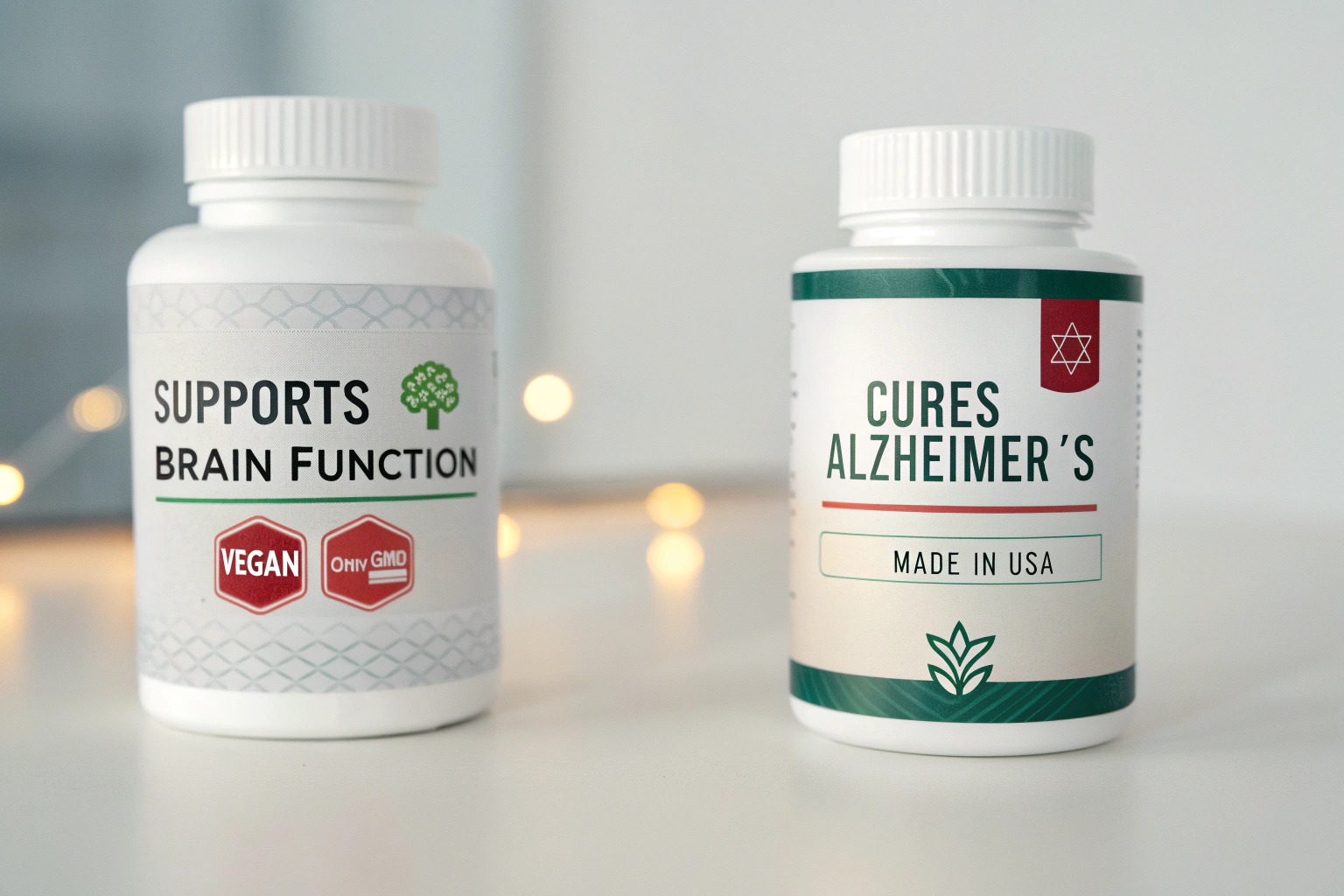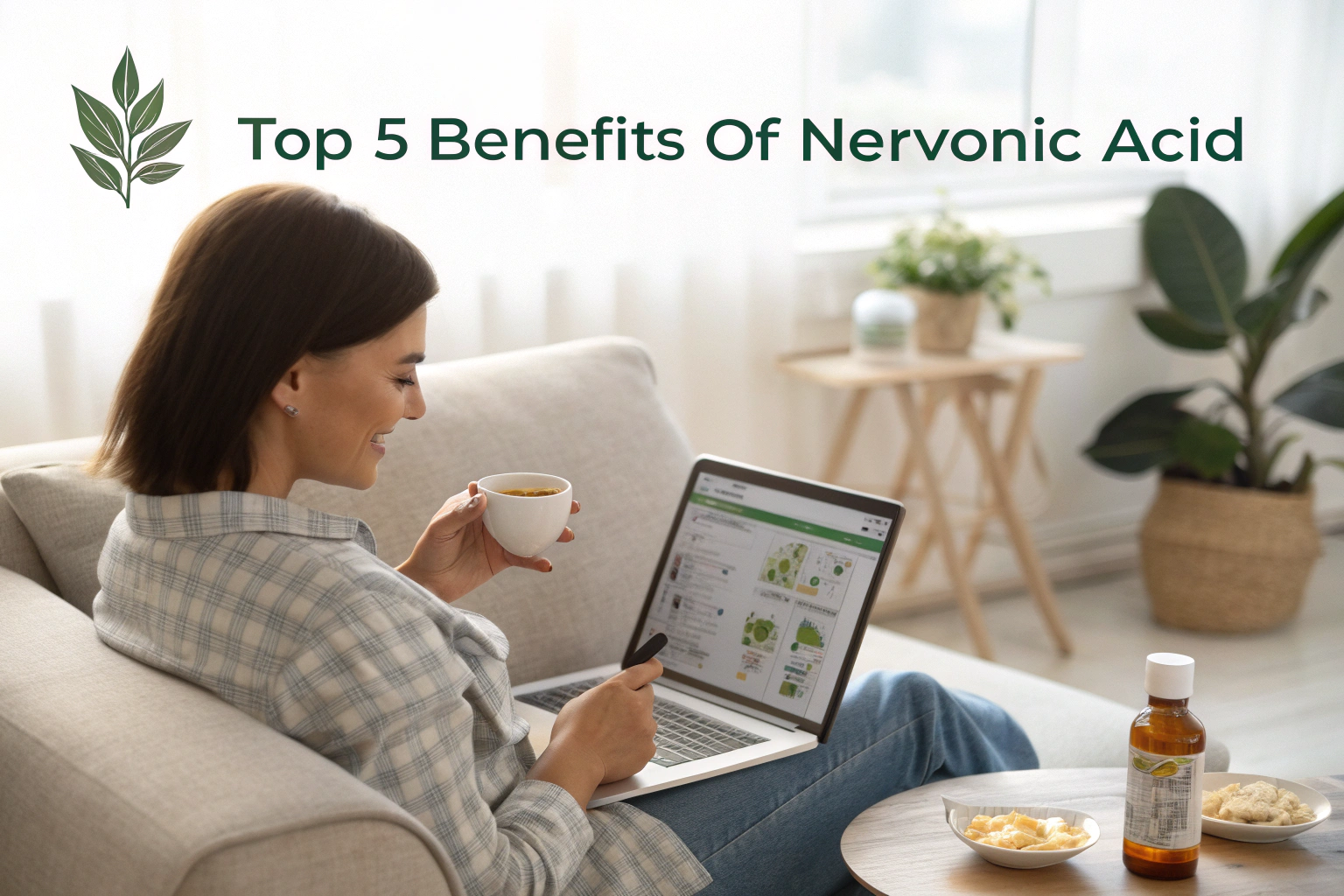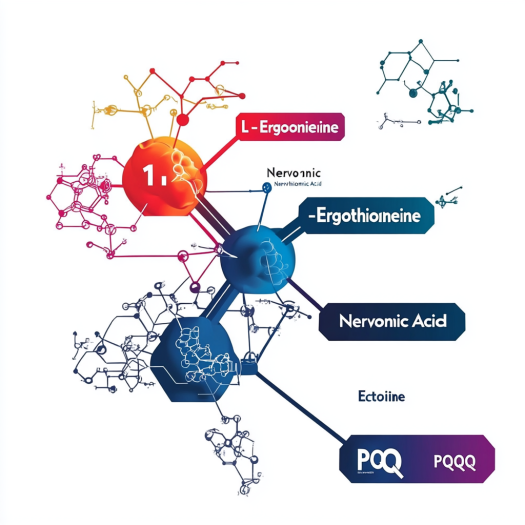
I still remember the first time I held a nervonic acid capsule in my hand—not just as an ingredient, but as a finished product.
To label and market products containing nervonic acid effectively, brands must meet regulatory labeling guidelines, highlight cognitive and skin benefits clearly, choose compliant claims, and focus on storytelling that resonates with wellness-conscious consumers.
The trick isn’t just having a great ingredient—it’s making people care, trust, and act.
What Must You Include on a Nervonic Acid Product Label?
I’ve worked with enough OEM clients to know—labels aren’t just stickers. They’re promises.
Every nervonic acid product label must list the active ingredient with its correct name and dosage, follow country-specific health claims guidelines, include allergen warnings if relevant, and provide manufacturer and origin details.

When it comes to nervonic acid, we’re mostly talking about brain health, nerve support, or skincare applications. That means your label has to do double duty: inform and inspire.
Here’s a basic checklist I always suggest to clients:
| Label Element | Required? | Notes |
|---|---|---|
| Ingredient name | ✅ Yes | “Nervonic Acid” or “Cis-15-Tetracosenoic Acid” |
| Dosage per serving | ✅ Yes | E.g. “200 mg per capsule” |
| Intended function | ⚠️ Regulated | Avoid disease claims like “treats Alzheimer’s” |
| Manufacturer info | ✅ Yes | Include name and country of origin |
| Storage instructions | ✅ Yes | E.g. “Store in a cool, dry place” |
| Allergen info | ✅ If applicable | If blended with other ingredients |
| Certifications (GRAS, EU novel food) | 🟡 Optional but helpful | Boosts buyer confidence |
And here’s something I’ve learned: the simpler the label, the more trust it builds. Especially for non-English-speaking markets, where technical jargon can scare off buyers.
Which Claims Can You Legally Make for Nervonic Acid?
Now this one always sparks long conversations—especially with clients entering new regions.
When marketing nervonic acid, you can claim support for cognitive function, nerve regeneration, and skin hydration, but must avoid phrases like “cures,” “prevents,” or “treats” unless approved under specific regulatory bodies such as FDA or EFSA.

It’s a balancing act. You want to highlight the benefits, but without triggering legal red flags.
Here’s how I usually break it down:
| Market | Approved Claims (Example) | Prohibited Phrases |
|---|---|---|
| USA (FDA) | “Supports brain development” (structure-function) | “Treats dementia” |
| EU (EFSA) | “Contributes to normal neurological function” | “Cures Alzheimer’s” |
| Japan (FOSHU) | “Helps maintain memory performance” | “Restores damaged nerves” |
| China | “Aids nerve health” (pending review) | “Prevents stroke” |
So, how do we keep it compliant and compelling?
- Use verbs like “supports,” “contributes to,” “promotes.”
- Lean into emotional benefits: “feel mentally sharp,” “stay focused,” “nourish your skin and mind.”
- Back your claims with real data (I’ll talk about that more later).
And if you’re not sure which way to go? Just ask your supplier. At Santa Biotech’s nervonic acid page, we include regulatory suggestions tailored to each region.
How Do You Position Nervonic Acid in a Crowded Market?
Let me say this honestly—nervonic acid is still flying under the radar. And that’s actually an advantage.
To stand out with nervonic acid, brands should position it as a premium, science-backed, multitasking ingredient that taps into growing trends like neuro-wellness, clean beauty, and natural aging support.
That’s how we’ve helped clients not just sell, but lead.
Think of it this way: most ingredients today are either well-known (like collagen, omega-3) or trendy but vague (like “adaptogens”). Nervonic acid is right in between—fresh enough to feel exciting, credible enough to feel real.
Here are a few effective angles you can choose:
| Brand Angle | Example Slogan | Target Audience |
|---|---|---|
| Brain + Skin Wellness | “Nourish your mind and your glow” | 30–55 wellness women |
| Anti-Aging Focus | “Support youthful skin from the inside out” | Older adults |
| Stress Recovery | “Calm your nerves, inside and out” | Urban professionals |
| Biohacker Science | “Myelin fuel for your nervous system” | Health-conscious men |
| Clean Beauty Ingredient | “Neurocare powered by nature” | High-end skincare brands |
Pick one positioning and go deep. That’s my honest advice.
Don’t try to be everything to everyone. Nervonic acid is nuanced—it works best when you weave a clear story around it.
What Content Strategy Works Best for Marketing Nervonic Acid?
If you ask me, the biggest mistake I see brands make is spending too much time on packaging… and not enough on explaining the “why.”
An effective content strategy for nervonic acid includes educational blogs, visual storytelling (infographics, reels), emotional testimonials, expert interviews, and SEO-optimized web copy that answers real customer questions.

Here’s what I usually recommend:
1. Tell Stories, Not Specs
Share stories about people who feel clearer, calmer, or more confident after using your product. Make the science human. For example:
“Ever since my 40s, I’ve felt like my focus was slipping. Adding nervonic acid to my routine helped me feel like my brain was ‘waking up’ again.”
2. Create Searchable Blog Content
This is where we shine. At Santa Biotech, we publish articles like:
- Top 5 Nervonic Acid Benefits Backed by Science
- How Nervonic Acid Supports Myelin Repair
- Why Nervonic Acid Is the Unsung Hero of Neurocosmetics
These answer high-traffic questions and build trust. You should do the same.
3. Use Visual Assets
People skim. Images help them stay.
- Share molecule diagrams
- Before/after skin use photos
- Video animations of how nervonic acid works in the brain and skin
4. SEO Table: What Customers Are Searching
| Keyword Phrase | Content Type to Create |
|---|---|
| “What does nervonic acid do?” | Intro blog with infographic |
| “Nervonic acid skin benefits” | Skincare article with before/after |
| “Best nootropic for memory over 50” | Comparison guide |
| “Nervonic acid vs omega-3” | Educational comparison chart |
How Do You Select Packaging That Matches Nervonic Acid’s Identity?
One of my favorite parts of product development is design. It’s where the science meets the soul.
Choose packaging for nervonic acid products that signals clean, premium, and purpose-driven values—preferably minimal, recyclable materials with clinical or wellness-inspired designs.
You know what doesn’t work? Flashy fonts and aggressive red tones. That screams “cheap.” Nervonic acid is subtle and refined—your packaging should whisper confidence, not shout.
Here are some packaging archetypes I’ve helped clients develop:
| Style | Materials | Visual Cues | Product Type |
|---|---|---|---|
| Clinical Clean | Amber glass, white box | Black serif font, minimal icons | Capsules, creams |
| Wellness Chic | Kraft tube, soft green | Nature leaves, soft texture | Functional foods |
| Luxe Skincare | Frosted glass, gold lid | Geometric logo, serif fonts | Serums, masks |
| Eco-Essentialist | Compostable pouch | Handwritten font, raw textures | Powders, gummies |
My tip? Add a “neuro” symbol on the label—even just a neuron icon or circuit line. People feel smarter when they see that, and it reinforces the product’s purpose.
Conclusion
Great nervonic acid products don’t just sell—they tell a story of brain, skin, and balance.

